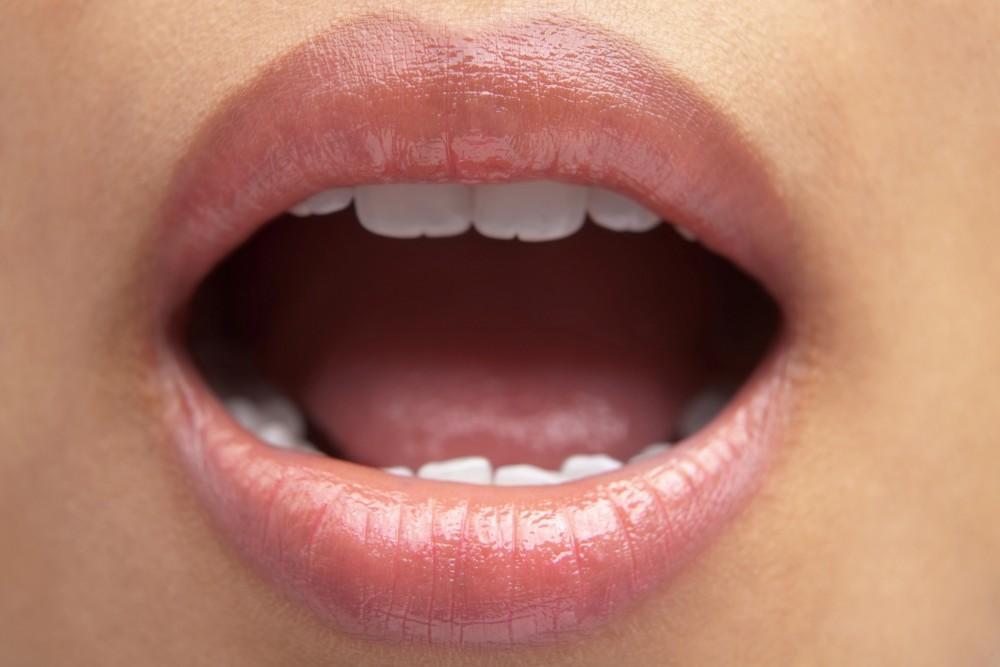
Why You Need to Change Your Toothbrush More Often

Most people don’t replace their toothbrushes often enough. We get it, life gets in the way, and this easy-to-forget task simply slips your mind. But we are here to tell you that changing to a fresh new toothbrush at the right time is more important to your oral health than you might realize.
When to Replace Your Toothbrush?
Most dentists, toothbrush manufacturers, and the American Dental Association all recommend changing your toothbrush or toothbrush head every 3-4 months. However, if you notice that the bristles on your brush are beginning to fray, you should change it sooner. Keep reading to find out several reasons for changing your toothbrush on this schedule or sooner when you notice wear.
Bacteria & Germs
The main function of your toothbrush is to remove plaque and bacteria from your teeth, and toothbrushes are great for helping keep those things in check. However, the moist environment left behind after we use our toothbrushes can foster the growth of bacteria and germs. It can also be a hospitable environment for mold and fungus as well. In addition to just sounding gross, bacteria, mold, and fungus on our toothbrushes can make us sick and can contribute to tooth decay and gum disease.
Worn Out Bristles are less Effective
Ever notice how the bristles of a new toothbrush are tightly packed, line up perfectly, and have nice uniform tips? This is not an accident. A new toothbrush is highly effective at cleaning your teeth and gumline because the bristles are carefully designed to have a fine, rounded tip so they can thoroughly clean hard-to-reach spaces.
However, with use, these bristles become broken and warped, and their effectiveness dwindles. The result? Your toothbrush does not remove plaque and bacteria as well, leaving your teeth and gums susceptible to decay and disease.
Old Brushes Damage Teeth and Gums
Becoming less effective is bad enough. What’s more, worn bristles can also cause damage. As we mentioned, the bristle tips start out rounded, so they are gentle on teeth. But when these once-smooth bristles become brittle and ragged with overuse, despite looking harmless, they can cause damage to tooth enamel and gum tissue.
Prevent Illness
You wouldn’t share a drinking glass with your family members when you are sick, but when illness hits our homes, we often forget about our toothbrush holder. You and your family should already be using a toothbrush holder that separates each brush, so they don’t touch. But after someone has an illness, replacing their toothbrush is a good idea to avoid passing around those germs.
Keeping it Fun
Young kids tend to get a kick out of getting a cool new toothbrush. And you can take advantage of this excitement to bolster their brushing habits. Involve your kids in choosing their new toothbrush with fun colors or their favorite characters. Just think, every three months, you can use the chore of replacing toothbrushes to rekindle your child’s enthusiasm for brushing their teeth!
The Best Brush
Start by thinking about how you can remember to change your brush as often as you should. Set a recurring reminder on your phone to replace your toothbrush every 3-4 months or subscribe to a toothbrush subscription service. When you do replace your brush, choose a soft-bristled option, which is effective but gentle on tooth enamel.
In addition to getting the right toothbrush and using it correctly, make sure to schedule visits with your dentist twice per year. And feel free to let us know at your next appointment if you have any questions about choosing the right toothbrush!
You Might Also Enjoy...


Can Improving Your Smile Boost Your Career?

The Do's and Don'ts of Tooth Extraction

The Oral Health – Mental Health Connection

The Importance of Tongue Health


